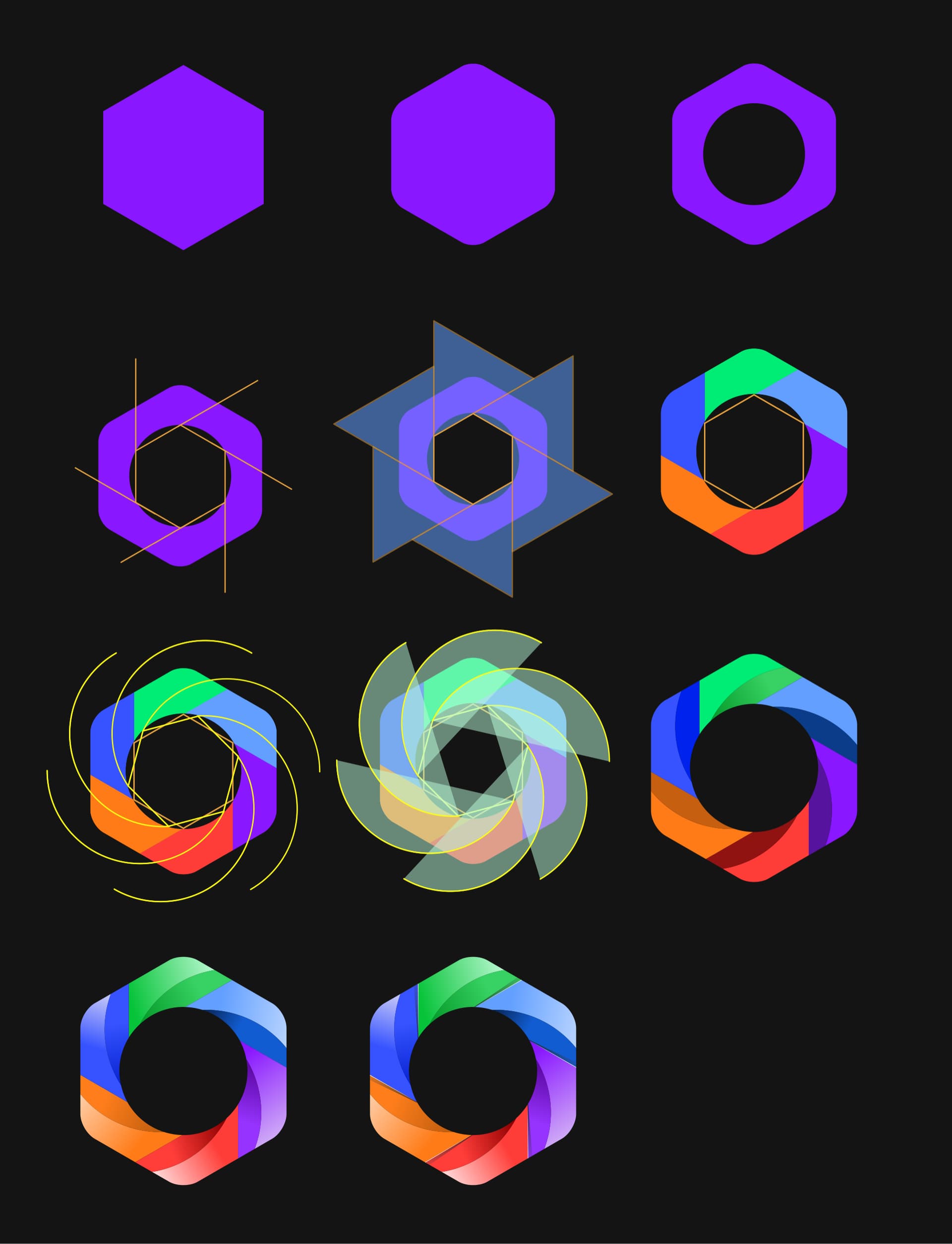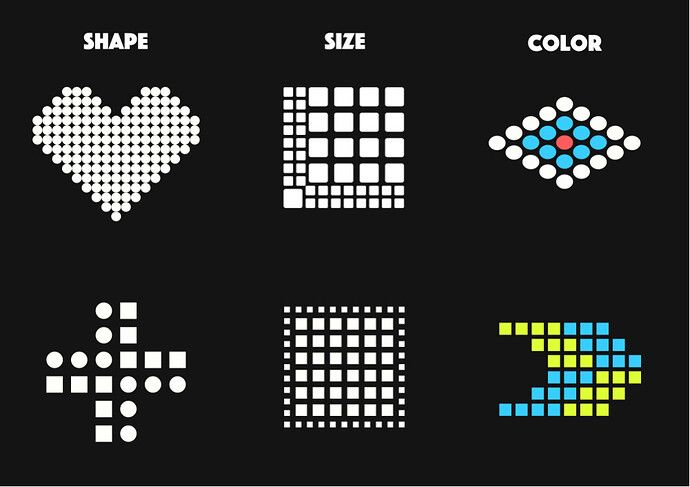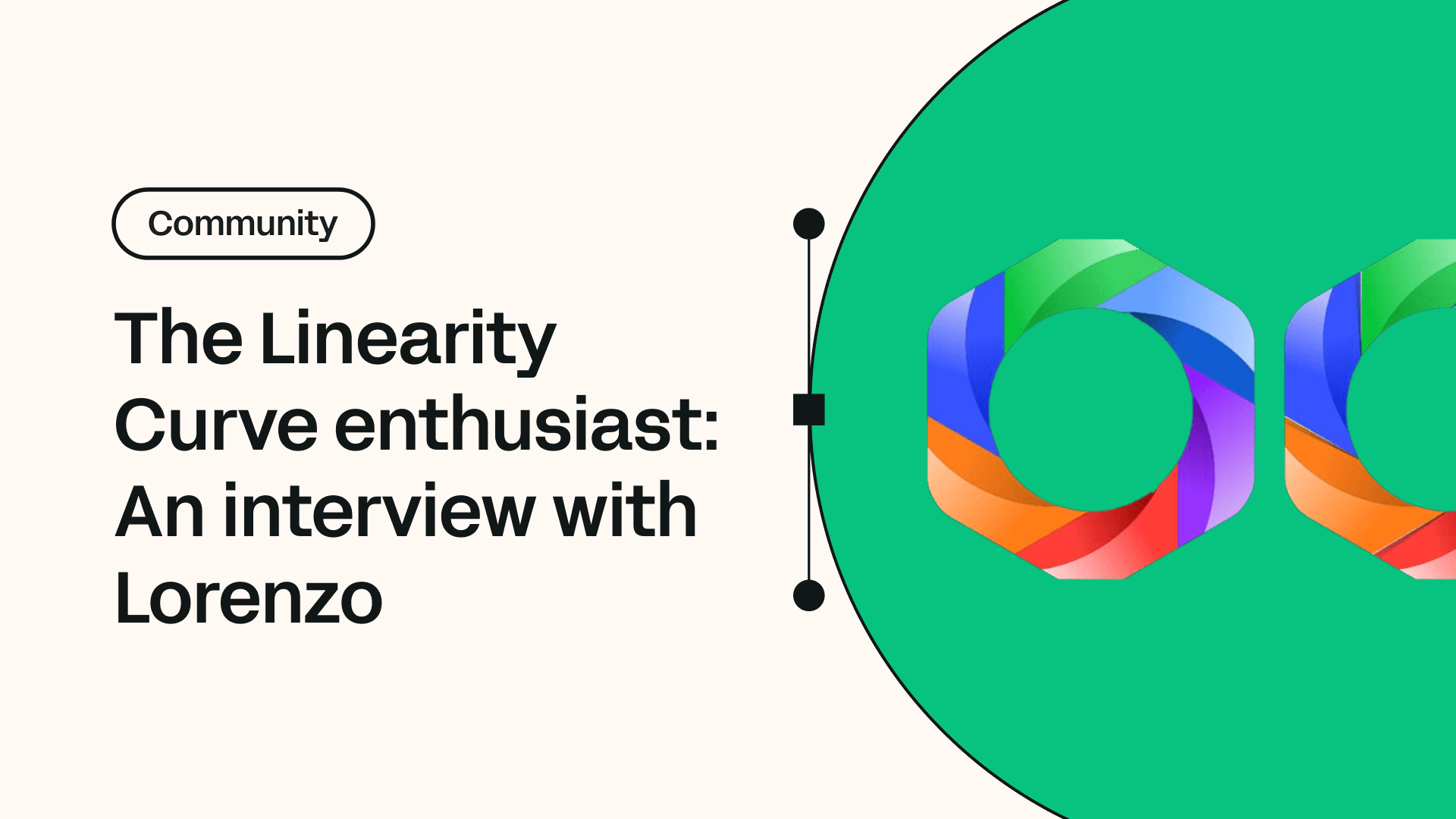In our latest interview, we would like to introduce you to Lorenzo Ricciardi, one of the most active users on the our Forum since 2021. Lorenzo is a 21-year-old computer science student obsessed with Linearity Curve (formerly Vectornator) and graphic design.
He has created many beautiful artworks with Linearity Curve and has helped many other users with his creative talent and deep knowledge of Linearity Curve.
Jumpstart your ideas with Linearity Curve
Take your designs to the next level.
Let’s get to know Lorenzo!
Interview with Linearity Curve Ambassador, Lorenzo
Hi Lorenzo! Tell us a little bit about yourself.
I am Lorenzo, and I live in Rome, Italy. I am a university student, and I've been studying computer science since 2015. I like computer science because I think it is a “plastic subject” adaptable for each issue. Computer science is a tool that people can use for good purposes or not. It is up to us to use it correctly. As a creative person, computer science is one of my big loves because, for example, it is possible to develop software through programming languages.

I discovered an interest in computer science when I was a child, and my father bought me my first computer: a 2010 iMac. It was love at first sight. The Mac introduced me to Apple - I didn’t know about it before. If today I am keen on design, it is thanks to Apple. Little by little, I started to appreciate the design of Apple products, and I started studying them. I learned the design concept independently, focusing on graphic design. Still, today I am always looking to increase my design knowledge. Design, for me, is a way to express what we have inside us.
A correct synonym for design is communication, because the point of design is to communicate an idea or a feeling to the people.
What do you use Linearity Curve for?
I am not a graphic designer, but I use Linearity Curve for my projects. Since October 2021, I have been part of a fashion non-profit organization, and I take care of graphics like posters, photos, and illustrations for events. I also used Linearity Curve to help my friend with her university exam in the past. She had to design an air cleaner, and I helped her create the remote-control app's UI mockup.

How long have you been drawing, designing, and illustrating?
The first graphic software I used was Gimp, a free and open-source raster graphics editor used for manipulating the images. I started to use it when I was young, and I liked to modify images and draw posters for fun. I wanted to sketch the wiring diagram of a DC electric motor many years later, so I searched for a drawing app on my iPhone and found Vectornator on the app store. It was the period in which Vectornator was still a paid app. So I am an old user of this software, and I've seen many changes in Vectornator throughout the years.

What do you love about Linearity Curve?
I use Linearity Curve because it is easy to use, and it can be summed up in one word: intuitiveness. After just a few hours of work, using Linearity Curve becomes extremely simple. I think it is the vector graphic software with the best interface ever. Curve is not perfect, and it still has some flaws, but in my opinion, it has enormous potential.
Ready to create brand assets that pack a punch?
Visit our Academy for free marketing design courses.
A significant point in favor of Linearity Curve is all the software house's services. There are many tutorials, tips, and tricks on social media, and the Learning Hub is a point of reference for anyone who wants to learn more about the app. When the Linearity Team launched their new forum, it became possible to chat with the other Curve users and ask for advice. I am thrilled to be part of the Linearity family.

You share great tips and tricks with our Community. How do you come up with new ideas?
Thanks for the “great tips and tricks” notation. I feel I am a creative person and my inspiration often comes from what I see on social media, websites, advertisements, or any other external stimulus.
As a Curve Ambassador, what do you enjoy the most about the the community?
As I also said, I am glad to be part of the Linearity Curve Community because I find a place where I can share my passion and, at the same time, learn new things. In the forum, I've tried to teach a few things to other people, but I also have learned many tricks on how to use Linearity Curve.
One more thing—like Apple would say—that I appreciate about this community, is the availability and kindness of all the Curve users. I specifically want to thank Vivien—the admin of the Linearity Forum—for her patience and friendliness.

One of your first pieces of Ambassador content for the Community was the “Gestalt Principle” series - how do you use “Gestalt Principles” in your personal work?
I love the Gestalt principles, and when it’s possible, I always try to use them in my projects. Knowing and using Gestalt principles can make a big difference for a graphic product. I decided to tell what Gestalt principles are because not all graphic designers know it, and I think it’s a significant lack. The Gestalt principles can make a graphics product more attractive or cool. So every graphic designer should know them.

Download the newest Curve version and join our community, where you can connect with like-minded design aficionados!
Jumpstart your ideas with Linearity Curve
Take your designs to the next level.


Share this!
Marion Gerlinger
Marion is a contributing writer to the Linearity Blog.


:quality(75))
:quality(75))



:quality(75))




